Im trying to create the 74XX series IC's from scratch, using just transistors, resistors and diodes. I intend to chain them together and create some logic systems. Right now i'm trying to create a basic NAND gate but i can't find any transistors with at least two emitters. Why? Can i just take two transistors and solder together first the bases and then the collectors? Or maybe create it from diodes?
What i want to know is where can i obtain such a transistor or how to make one. I know how it works and where its used.
